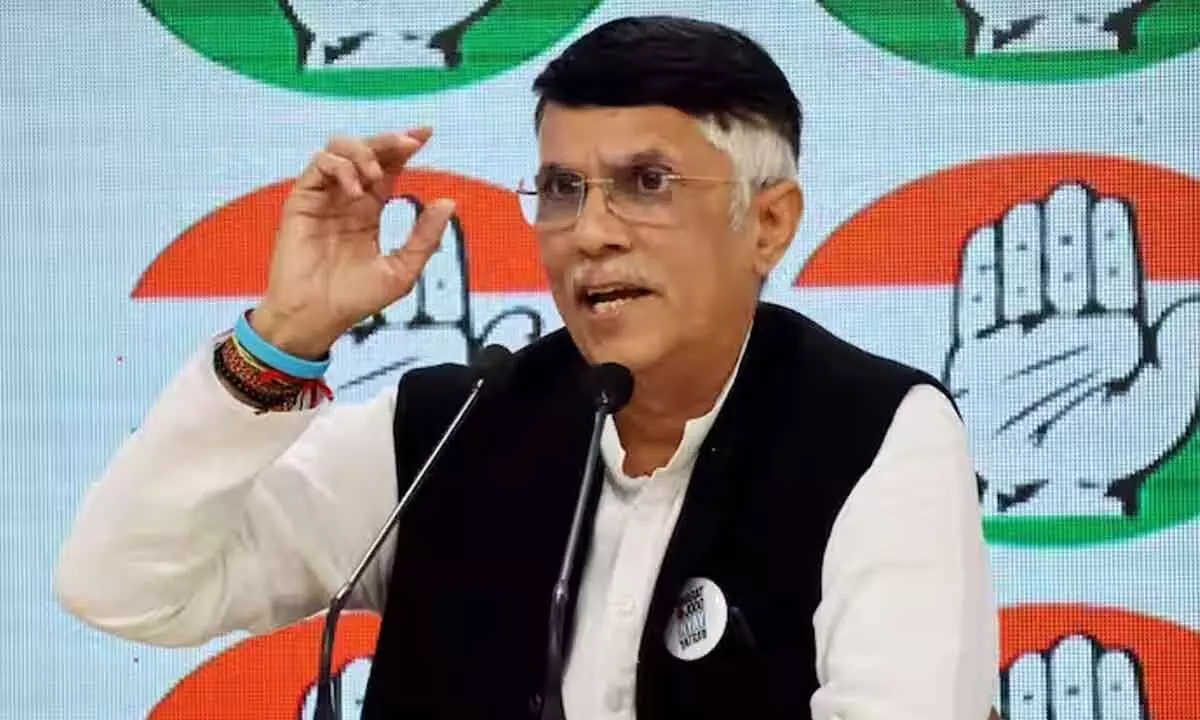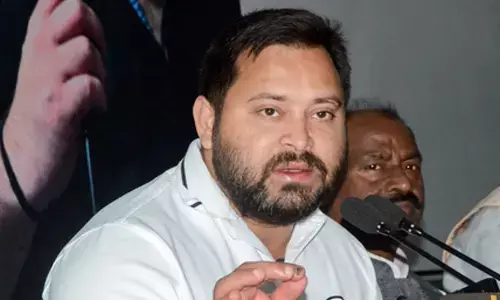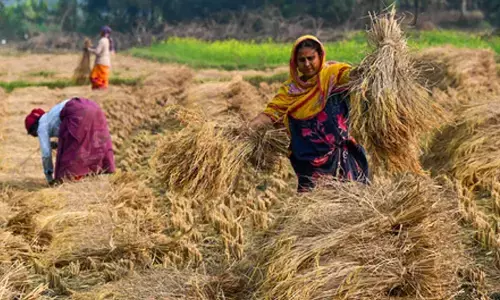Congress party will soon present positive NYAY agenda with 5 pillars

Congress leader Pawan Khera
New Delhi: The Congress on Sunday, criticized the BJP by showing the real mirror on the government's economic front ahead of the upcoming budget presentation and highlighted the need for a reality check on the government's current glitzy image.
During a news conference at the AICC headquarters today, Pawan Khera stated, "140 crore Indians are living in ANYAY KAAL imposed by the BJP's misrule!"He stated that while the Modi government is busy toppling elected governments through the backdoor, the "economic distress" remains precarious. "This shows their priorities," he said. Khera stated that in the coming days, the Congress party would propose an optimistic agenda of 'NYAY' with five pillars: Yuva Nyay, Bhagidari Nyay, Nari Nyay, Kisan Nyay, and Shram Nyay.
Citing the current critical job situation, Khera stated that the country's youth were willing to sacrifice their lives to work in war-torn Israel. He disclosed that the National Skill Development Cooperation (NSDC) had advertised 10,000 positions in Israel, which is currently at war. He stated that they are not white-collar jobs, but rather those of plasterers, ceramic tile workers, iron bending workers, and framework workers.He went on to say that hundreds of individuals from Haryana and Uttar Pradesh had applied for the position, with the majority of them being graduates. "Why would anyone want to go to a country engaged in war and become a laborer?" he asked while noticing that their average monthly pay is about ₹10,000 (often below the minimum wage), whereas Israel offers nearly 13–14 times that salary.
According to statistics, half of India's population, or around 71 crore, earns less than ₹3,87,000 per year or ₹32,000 per month. "The per capita monthly income of the bottom 10 percent is just ₹6,000 and of the bottom 11-20 percent ₹12,000," he said. He maintained that the rural wage growth rate during the last five years of the Modi government has been negative for both agricultural (-0.6 percent) and non-agriculture (-1.4 percent), indicating "rural distress." In rural India, men's 'daily salary' in 2022–23 is ₹212, down from ₹220 in 2014. In comparison to the growth rate under the UPA-2 (2009–10 to 2013–14), he stated that real agriculture and non-agriculture rural earnings increased by 8.6 percent and 6.9 percent per year, respectively, during that time.
According to the UNDP's multidimensional poverty index, 22.8 crore people, or around 16% of India's population, live below the poverty line.Khera stated that the plight of the underprivileged is mirrored in the ever-increasing demand for MGNREGA. "The 15.4 crore active registered workers under MGNREGA who were promised 100 days of work in a year were allotted in the last five years, on average, only 49–51 days." He said the Modi government had slashed its funds in the Budget 2023–24 but was forced to allocate ₹28,000 crore more due to high rural joblessness.
On the employment front, he said, joblessness was the highest in 45 years. Khera said growth in private consumption expenditure, which is a catalyst for creating jobs, is at a 21-year low. FMCG sales, he added, did not see any increase in 2023, again indicating why household savings are at a 50-year low.










